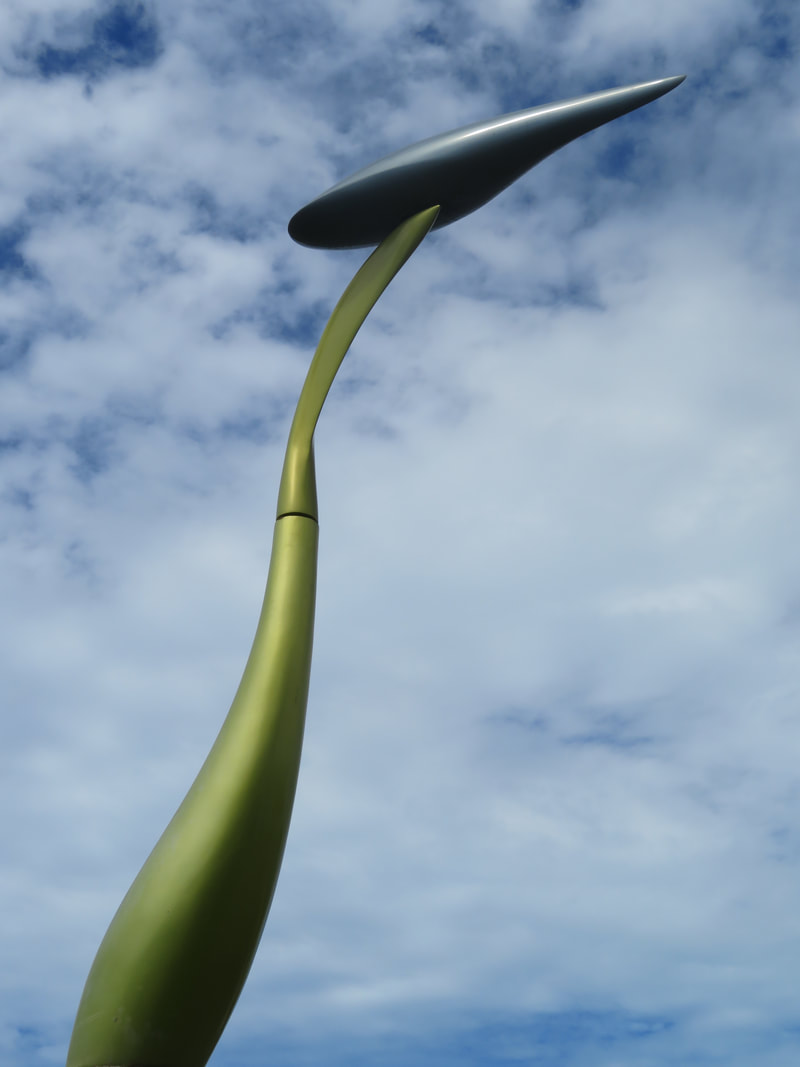|
.
Craigie Avenue has been mentioned in a recent column and, after a drive through to the Lakes last weekend, I simply couldn’t resist mentioning another very beautiful one in our lovely region. Fairlie’s ‘Peace Avenue’. Fairlie Township has acquired a quiet settled grace of its own, picturesque with groves and plantations of deciduous trees. Those planted along the main highway at the entrance to the town, both from east and west, deserve special notice. They are in great condition, obviously well maintained and managed over the years. Situated on the road between Cricklewood and Kimbell, the Fairlie Peace Avenue consists of some 500 oak trees. Originally the avenue was intended to stretch from Cricklewood to Tekapo, but only the Fairlie trees were ever planted. That planting was done by the County Council and named Peace Avenue to commemorate the signing of the peace treaty which ended the Great War of 1914 – 18. Fairlie’s fallen soldiers are commemorated by this beautiful living memorial of oak trees which lines its main street. This photo was taken last weekend and the trees are just starting turn, right in time to be looking spectacular for the famous McKenzie a&P Show, a long standing feature of our Easter weekend. According to the 2013 census Fairlie’s permanent population runs at 717. This figure pales in comparison to the amount of people that flock to enjoy the delights of the show on Easter Monday. A dedicated management committee of around 47 members meet monthly and all major decisions are made by them. There are an additional 100-150 volunteers who lend a hand on show day. The Show began in 1899 and is organised by the Mackenzie A&P Society. This year will be the 120thannual show and in those 120 yrs. it has only been cancelled three times: 1925 because of the polio epidemic, 1943 WWII and 1948 infantile paralysis epidemic. A high standard was set at the very first Show and the Committees over the years have worked tirelessly to provide, what is now known as, the largest one day Show in Australasia. It’s a great family outing, something for everyone and well worth an early start to get a full day in admiring and exploring the varied exhibits and entertainment on offer. Patience is required for some of the car queuing but once inside there is plenty of room for all. Have a Happy Safe Easter Break from us all at the Timaru Civic Trust. Karen Rolleston
0 Comments
While visiting Blenheim a couple of years ago I spent some of my down time wandering happily around the Taylor River precinct. I came across a 10 metre tall, bright green, kinetic sculpture ‘Spring Seedling’ and was completely entranced. The Coulthard Arts Trust commissioned the work by sculptor Grant Williams and gifted it to the people of Marlborough. I sat for ages watching it slowly turn and roll seamlessly in various directions, it was mesmerising to say the least. I was delighted to discover we had our own kinetic sculpture in Timaru as a result of the Meridian Heartland Sculpture Challenge in 2009. Ours is situated on South Street, on the clifftop against a backdrop of the ocean. It is a wind powered kinetic piece based on the generic form and swimming motion of sharks. In the sculptor Rob’s own words ‘I like the paradox of sharks – both ancient and yet highly efficient, both dangerous to humans and endangered by their actions. Conceptually, the fish-out-of-water carries notions of displacement. This may comment on habitat destruction, or create a sense of nostalgia and a yearning to return. Originally Patiti Point was considered the perfect setting for the piece, with the elements of sea and wind so dominant and the native plants used in the landscaping complementing the forms and colours. However some sad soul saw fit to wreck the piece on the night of the competition launch. A local boat builder was involved in the extensive repair process and Icthys was rebuilt, repainted and repaired. A further modification was undertaken to raise the height of the moving elements out of harm’s way and into the path of the wind. There is a picnic table not too far along from Icthys, a lovely place to sit on a nice day, if its windy you could enjoy your packed lunch or cuppa tea while watching our sculpture sway and swim in the breeze. Karen Rolleston James Meehan and his brother ran a successful grain & seed business in Timaru, and in 1910 purchased a site in lower George St in order to establish new premises. The date 1913 is proudly displayed on the cartouche near the top of the façade. The building is the work of architect Thomas Lusk who was also involved in the remodelling of the Dominion Hotel in Timaru as we know it today. It would seem that Lusk was living in Dunedin at that time, since that is where his daughter Doris Lusk, the well known New Zealand painter was born in 1916. Subsequently the family moved on to Hamilton.
Lusk's building follows a building form seen in London in the late 18th century – in particular the buildings of St James' Square and Bedford Square – as illustrated here. The premises would have struck a bold statement of stability and success for the Meehans' clientele, not just from the elaborate façade but also upon entering the foyer. Raised slightly above the pavement, in the London manner, the entry is quite grand with its marble floor and elevator. Surely this is proof of the fact that the function of a building is not just to provide a weatherproof working environment but to convey subtle messages in a competitive world. How could another merchant working from a humble tin shed compete with the proprietors of this establishment? Built next to Werry's Hotel on the corner (now Morton's building) Meehan's building provides an unbroken link to the quite bulky building on the seaward side, thus creating a special precinct in the CBD. David McBride Within any CBD it's the façade of the building that matters most. It's the part that we know best, like the human face.
Critics of the international Modern movement would argue that a simplistic approach has led to very similar buildings popping up all over the world, devoid of any regional character or connection. An alternative approach has been to retain the façade of a heritage building and construct a new building behind it ("facadism") or to in fact design a replica building through and through. Perhaps either approach is tenable within a zone of special heritage character. The real challenge is to design a modern building that fits in perfectly with the heritage buildings around it, thus creating a textured continuum. The city governors of Paris and Rome don't support any of these three approaches. An alteration to an ancient tomb in the mid 1990's was the first building consent to be issued within the seven hills of Rome in over 500 years. Central Rome has been protected as a world resource not to be tampered with. In a similar vein, the Paris authorities welcomed new modernist buildings – as long as you build them over there, and don't tarnish our precious heritage fabric. The New World has been much less respectful of beautiful buildings, and in the youngest country of them all – New Zealand – we continue to lose unique buildings to wanton demolition, often replaced by buildings of no great character. Even worse, buildings that are completely out of place in that particular town centre. David McBride |
View by date Archives
February 2021
Categories |
|
|





